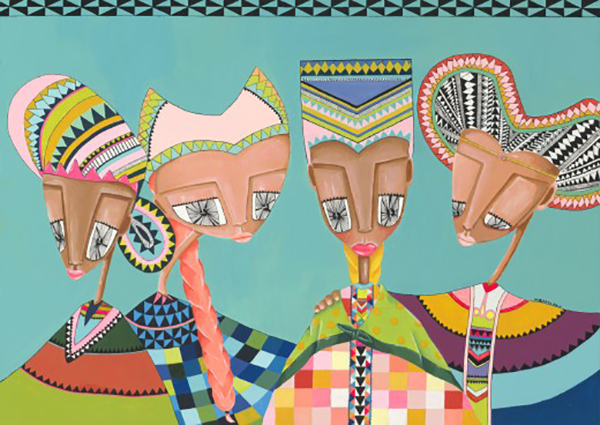Hirut Yosef celebrates strong African women in ‘Chalom Yashan’ at Jewish Community Center In Atlanta

Drawing inspiration from her Ethiopian roots, Jewish artist Hirut Yosef’s work honors strong African women using vibrant color and traditional design. Event info HERE.
